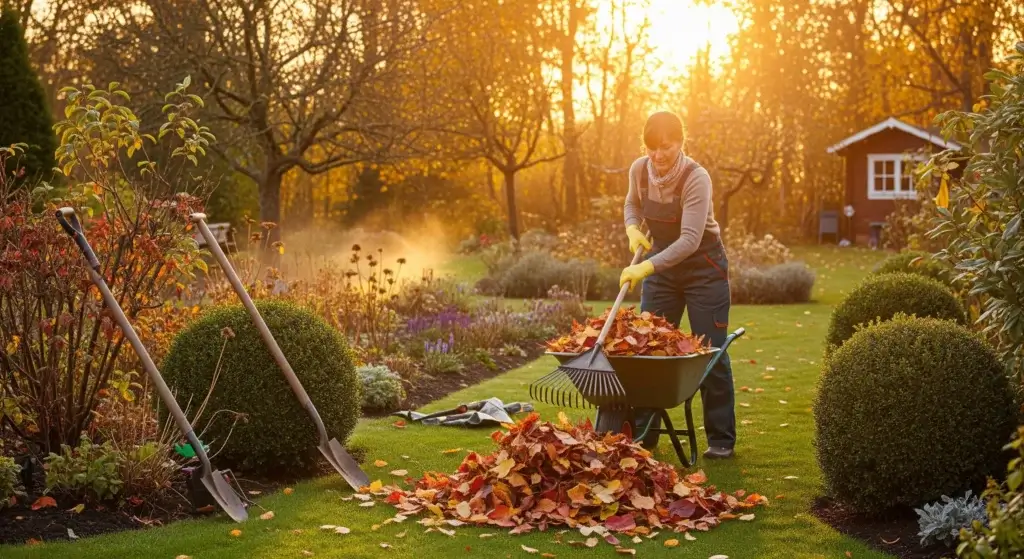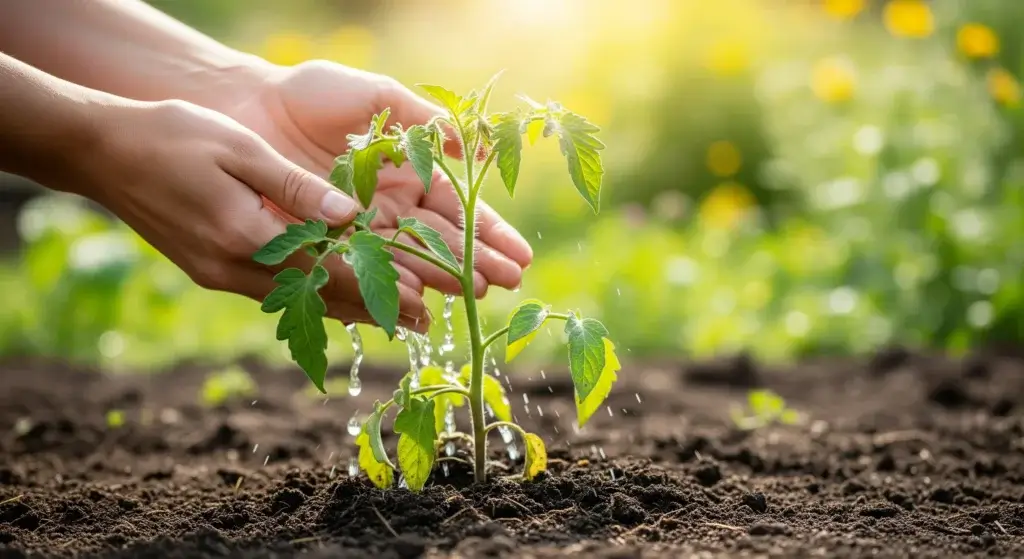
Hey there, fellow garden enthusiasts!
Today, we’re delving into the world of broccoli plants and a common woe every broccoli gardener faces: bolting.
Understanding what bolting is and how to prevent it can make all the difference in the success of your broccoli harvest.
So, let’s dive in!
What is Bolting
Bolting typically refers to a phenomenon in plants where the plant prematurely produces a flower stalk or stem that rapidly elongates, often in response to environmental stressors such as high temperatures or long daylight hours.
Bolting is commonly observed in annual or biennial plants that are grown for their leaves, such as lettuce, spinach, and cilantro.
When a plant bolts, its energy shifts from producing leaves to producing flowers and seeds, which can negatively impact the quality and yield of the edible parts of the plant.
In the case of leafy greens like lettuce or spinach, bolting causes the leaves to become bitter and tough, rendering them less palatable.
Bolting on broccoli plants specifically refers to them flowering prematurely, instead of forming the compact broccoli head we typically eat.
This is undesirable because the florets become tough and bitter.
- Read also: Broccoli Care Mistakes: Master the Art of Growing Your Broccoli
- Read also: Homemade Compost for Growing Broccoli
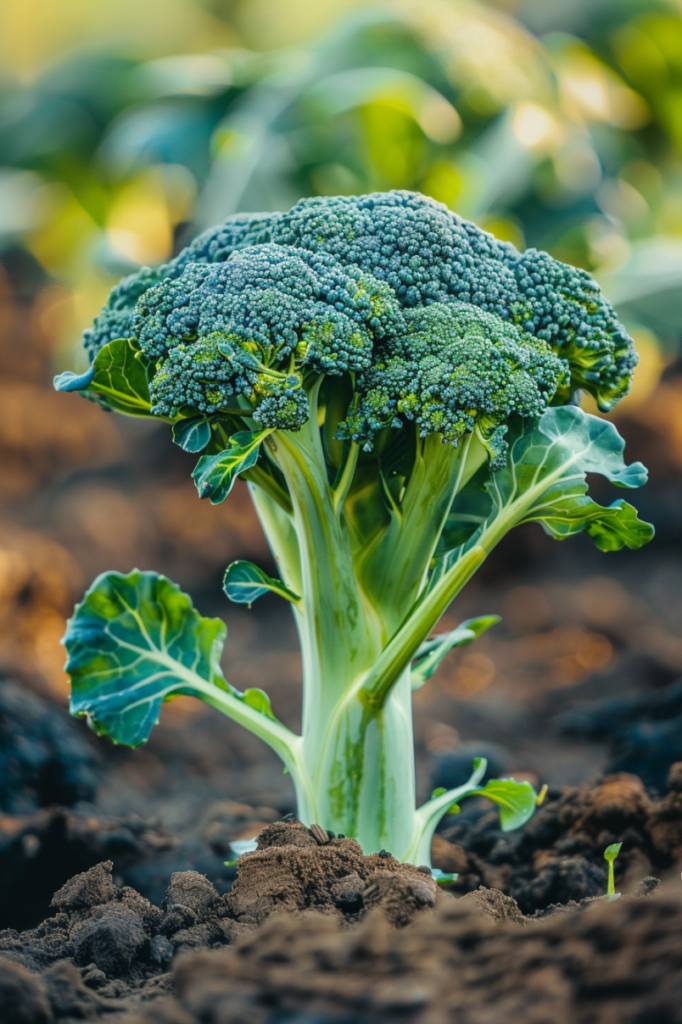
What are the Signs that Broccoli is About to Bolt
Detecting bolting early is key to preventing it from taking over your broccoli patch. Keep an eye out for these telltale signs:
Stem elongation
One of the most noticeable signs is when the main stem of the broccoli plant starts to elongate rapidly.
Instead of remaining compact and producing a tight head of florets, the stem extends upwards.
Formation of small buds
Before bolting, broccoli plants may start to produce small buds along the main stem. These buds are the beginning of the flowering process.
Leaf changes
Leaves may change in appearance, becoming smaller, thinner, and more elongated.
They may also turn a lighter shade of green or yellowish.
Leaves may become tougher or more leathery in texture as the plant prepares to bolt.
This change in texture is due to the plant redirecting its energy from leaf growth to flowering.
Accelerated growth
If the weather suddenly warms up or there’s a significant change in environmental conditions, broccoli plants may bolt more quickly than expected.
Rapid growth, particularly of the main stem, can be a sign that bolting is imminent.
What are Some Common Mistakes that Lead to Broccoli Bolting
Understanding the factors that contribute to broccoli bolting is crucial for successful cultivation.
Here are some common mistakes to avoid:
Improper temperature management
Broccoli thrives in cooler temperatures and is sensitive to sudden weather changes.
Excessive heat or cold stress can trigger bolting.
It’s essential to plant broccoli at the right time according to your climate and provide shade or cover during hot spells.
Inadequate spacing
Planting broccoli too close together can lead to overcrowding, causing competition for essential resources like sunlight, water, and nutrients.
Ensure proper spacing between broccoli plants to promote healthy growth and minimize stress.
Over-fertilization
While fertilizer is essential for providing nutrients to broccoli plants, excessive fertilization can lead to overstimulation of vegetative growth.
Overgrown broccoli plants are more susceptible to bolting.
It’s crucial to follow recommended fertilization guidelines and avoid overdoing it with fertilizers high in nitrogen, which can promote lush foliage at the expense of broccoli head development.
Inconsistent watering
Broccoli plants require consistent moisture levels to thrive.
Inadequate watering can stress the plants and trigger bolting.
Maintain a consistent watering schedule, ensuring that the soil remains evenly moist but not waterlogged.
Delayed harvest
Waiting too long to harvest mature broccoli heads can also contribute to bolting.
Once broccoli heads reach their optimal size and firmness, they should be harvested promptly to prevent the plant from diverting energy towards flowering and seed production.
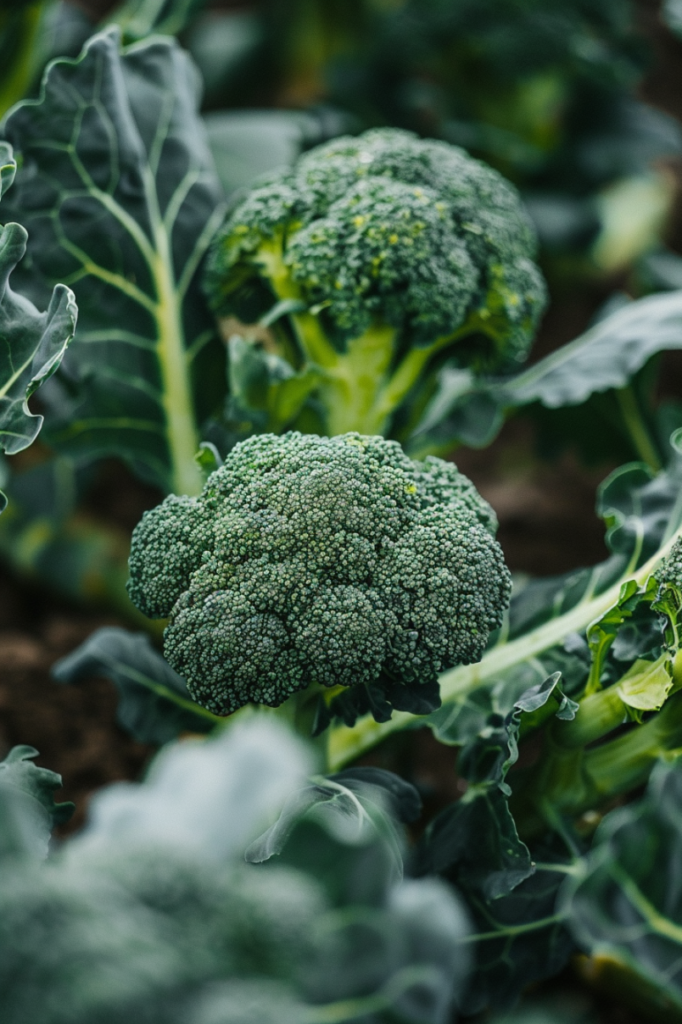
Can Broccoli Be Saved After It has Bolted
Yes, broccoli can be saved after it has bolted, but the quality of the crop may be affected.
Here are some steps to salvage bolted broccoli:
Harvest the florets
If the broccoli has started to bolt but the florets are still intact, you can harvest them and use them in your cooking.
The florets may be smaller and have a slightly different flavor than unbolted broccoli, but they are still edible.
Use for compost
If the broccoli has fully bolted and the florets are no longer edible, you can still use the plants for compost.
The bolting plants can be cut down and added to your compost pile, where they will break down and provide nutrients for your garden.
Save the seeds
If the broccoli has bolted and produced seeds, you can save them for planting in the future.
The seeds may not come true to the original variety, but they can still be used to grow broccoli.
Remove the bolting plants
If the broccoli has bolted and is no longer producing edible florets, you may want to remove the plants from your garden to prevent them from setting seed and spreading to other areas.
This will help prevent the spread of bolted broccoli in future seasons.
How to Prevent Broccoli from Bolting
Preventing bolting in your broccoli plants is essential for a successful harvest.
Here are some effective strategies to keep your broccoli patch thriving:
Plant at the Right Time
Broccoli thrives in cool weather. Plant seeds outdoors in late summer or early fall for a spring harvest, or start seeds indoors 6-8 weeks before the last frost and transplant seedlings outdoors when the weather cools.
If starting indoors, harden off seedlings gradually by exposing them to outdoor temperatures for increasing amounts of time before transplanting.
Provide consistent moisture
Water broccoli deeply and regularly, aiming for 1-1.5 inches of water per week.
Ensure the water reaches the roots but avoid waterlogged soil.
Apply a layer of organic mulch around your broccoli plants to help retain moisture, regulate soil temperature (keeping it cool), and suppress weeds.
Use fertile soil
Amend your planting bed with compost or organic fertilizer before planting to provide essential nutrients for healthy growth.
Established proper spacing
Plant broccoli seedlings according to the recommended spacing on the seed packet to avoid overcrowding and competition for resources.
Provide shade during hot weather
If you experience hot weather, consider providing temporary shade for your broccoli plants during the hottest part of the day.
Row covers or shade cloth can be helpful.
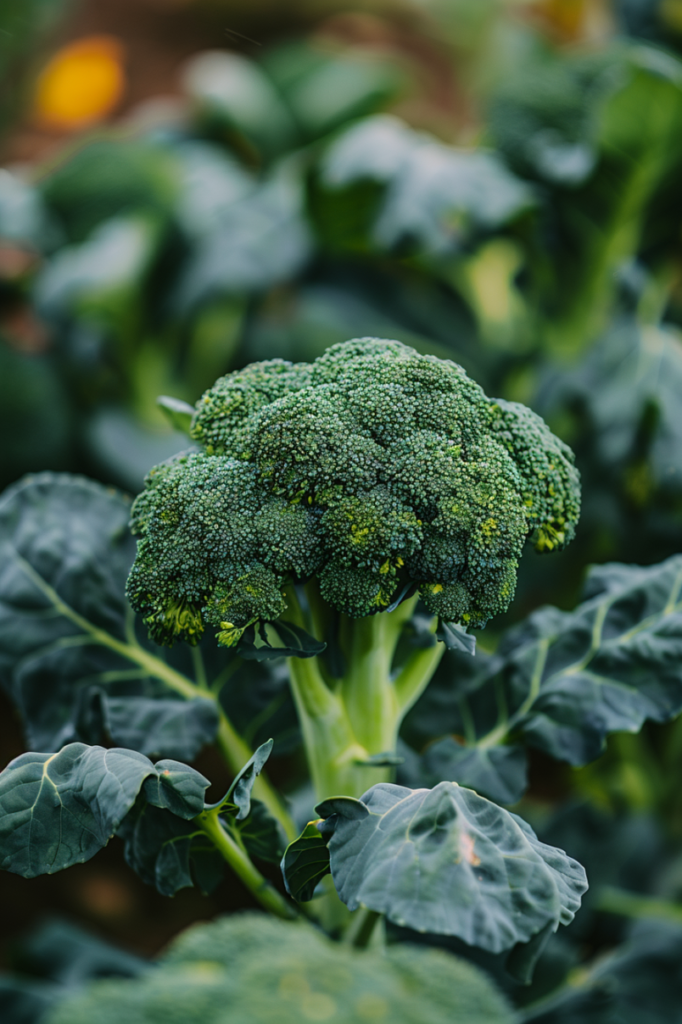
- Read also: Protecting Your Broccoli: Common Broccoli Diseases
- Read also: Exploring Effective Organic Pest for Protecting Broccoli Plants
Conclusion
Preventing bolting in broccoli plants is all about understanding the needs of these cool-weather-loving veggies and providing them with the optimal growing conditions.
By keeping a close eye on your plants, avoiding common mistakes, and implementing preventive measures, you can enjoy a bountiful broccoli harvest without the threat of premature bolting ruining your gardening efforts.
Happy gardening!
FAQs
While the taste and texture may not be as desirable as traditional broccoli florets, you can still use bolted broccoli in cooking by incorporating the tender leaves and stems into various dishes.
Unfortunately, once broccoli plants have bolted, there’s no turning back. Focus on preventing bolting in the first place to ensure a successful harvest.
It’s generally not recommended to replant broccoli after it has bolted, as the plant’s energy will be focused on flowering and producing seeds rather than forming edible heads. Instead, start fresh with new plants for your next growing season.

